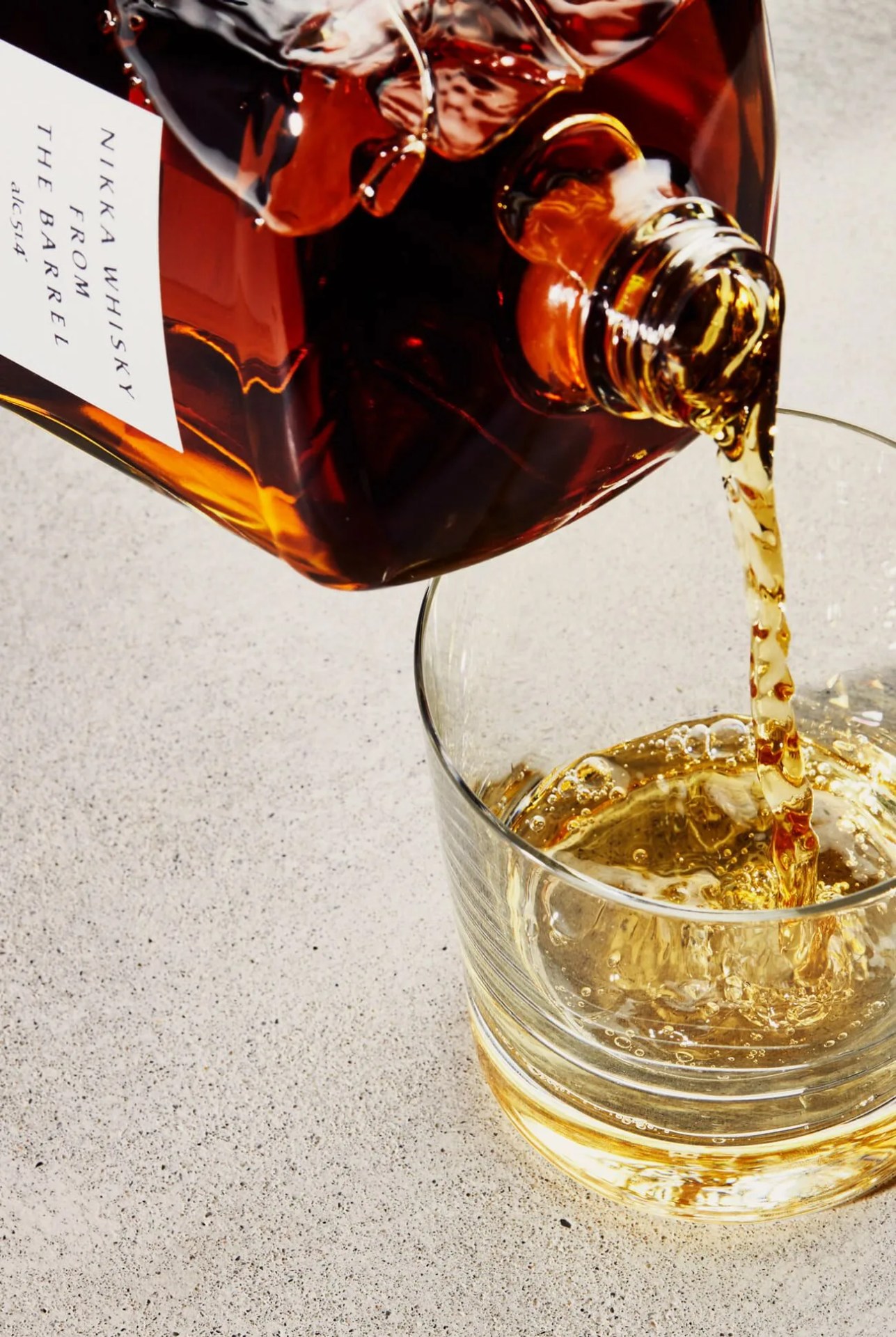The Task Rabbit was balking, but I had to save the deal no matter what. “Go quickly,” I pleaded. “I’ll tip you heavy.”
“You want me to hit a liquor store?” he asked. “And twenty miles outside of Pittsburgh?”
I told him that’s precisely what I wanted. Task Rabbits are for fetching groceries, maybe hanging a TV, but I’d found a cache of Yamazaki 12, a rare Japanese whisky that had been cleared out of New York already. And it was cheap. The only way to grab it was the gig economy.
“State store number 0212. Make sure it’s the black box,” I said. “Grab what you can but leave enough for others. I’ll follow up with FedEx numbers when you score.”
The gambit was the latest in a line of increasingly desperate measures to stock my bar with Japanese whisky. It worked. A few days later, three neatly wrapped bottles of Suntory’s finest had arrived at my door for a total of $285, or $95 per bottle. That same whisky now sells online for $300 a bottle — and it’s climbing.
This was either a new low or a new high in my whiskey obsession. But anybody who’s trolled StockX for Off-White Nikes or waited on line outside a Kith store knows the tractor-beam pull of the grail; whatever your genre, it’s as much the hunt as the trophy that gets the adrenaline pumping.
Whiskey is different, though. It’s exhaustible, consumable — there’s a layer of urgency that doesn’t extend to sneakers or watches. These are anti-heirlooms, every bottle on borrowed time — or should be, assuming you’re not some cheap profiteer flipping bottles for a quick buck.


